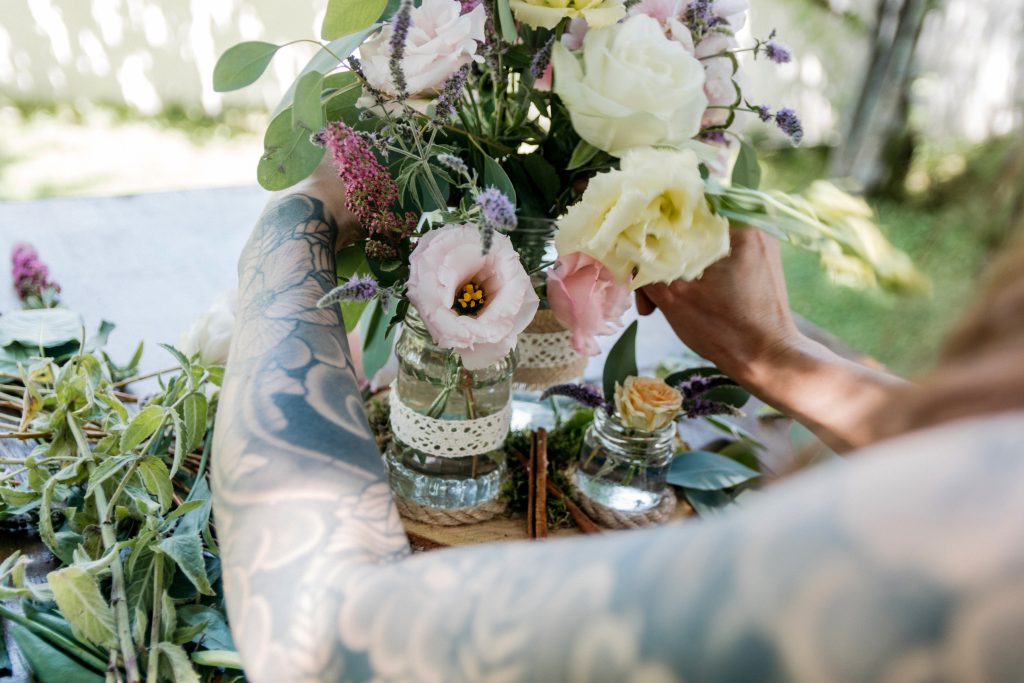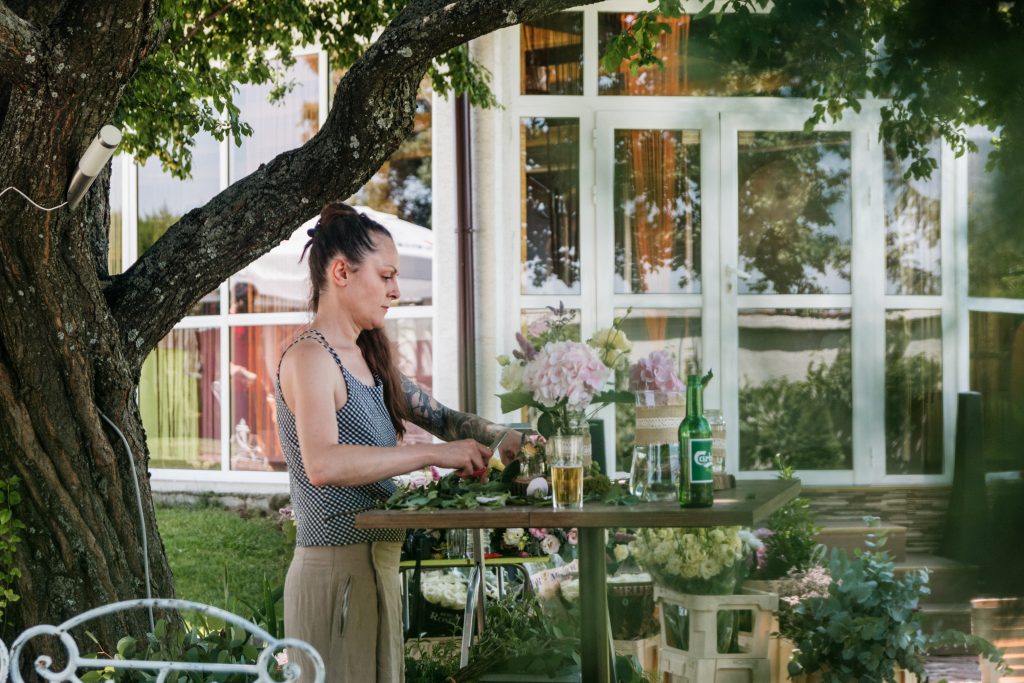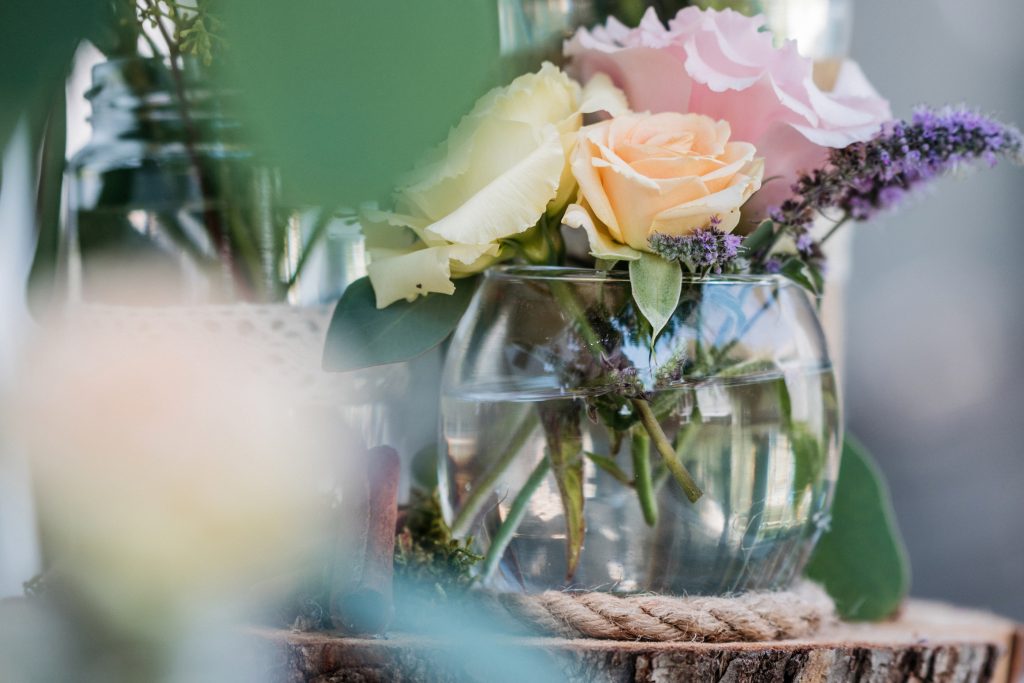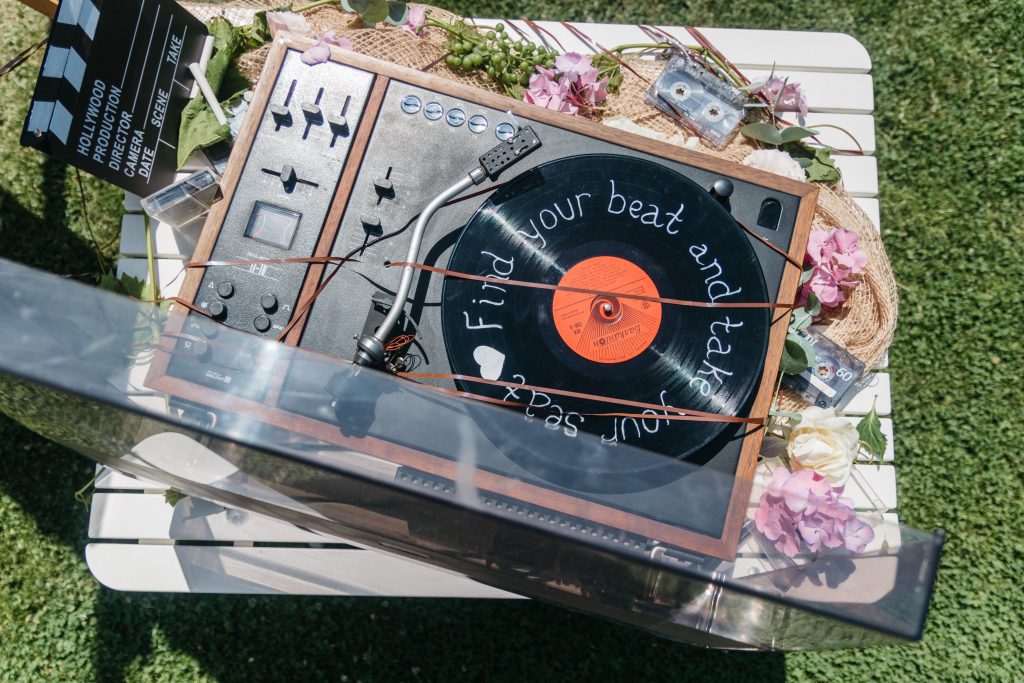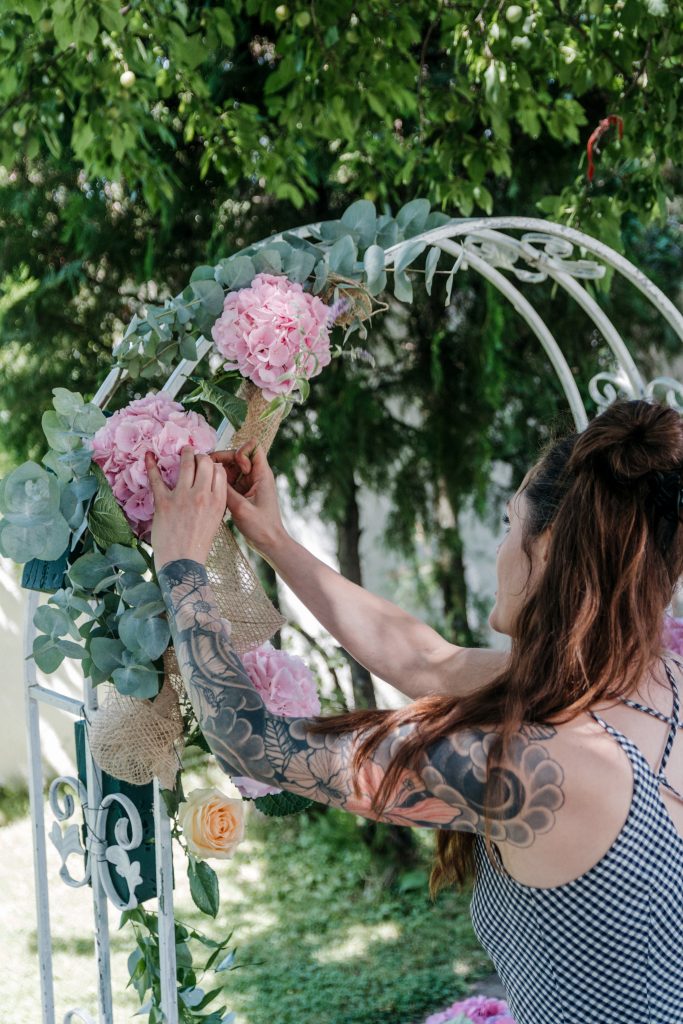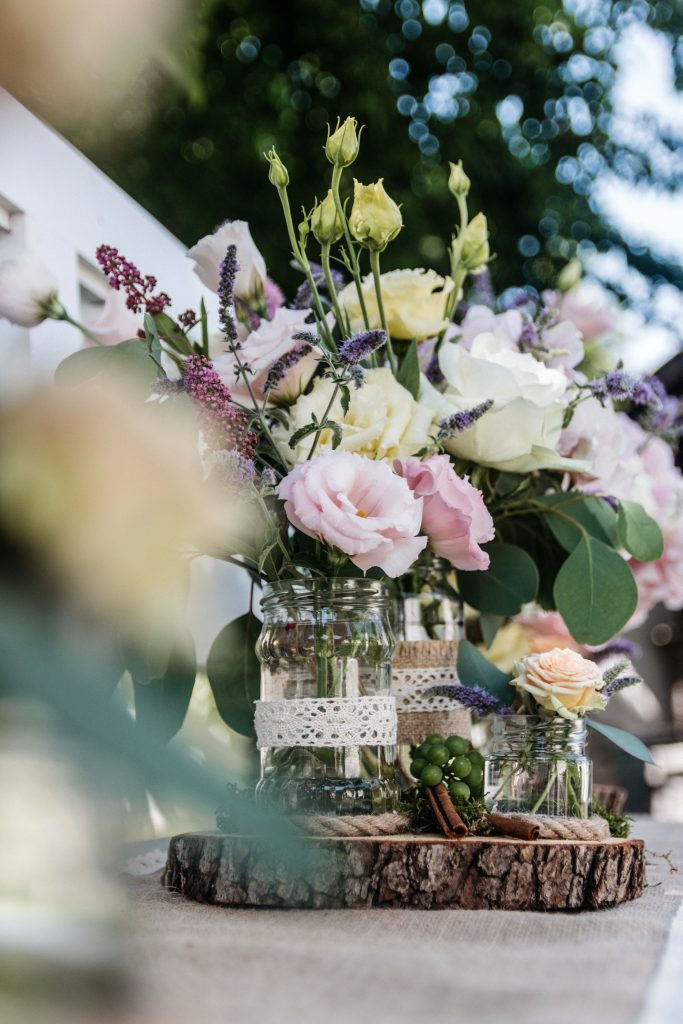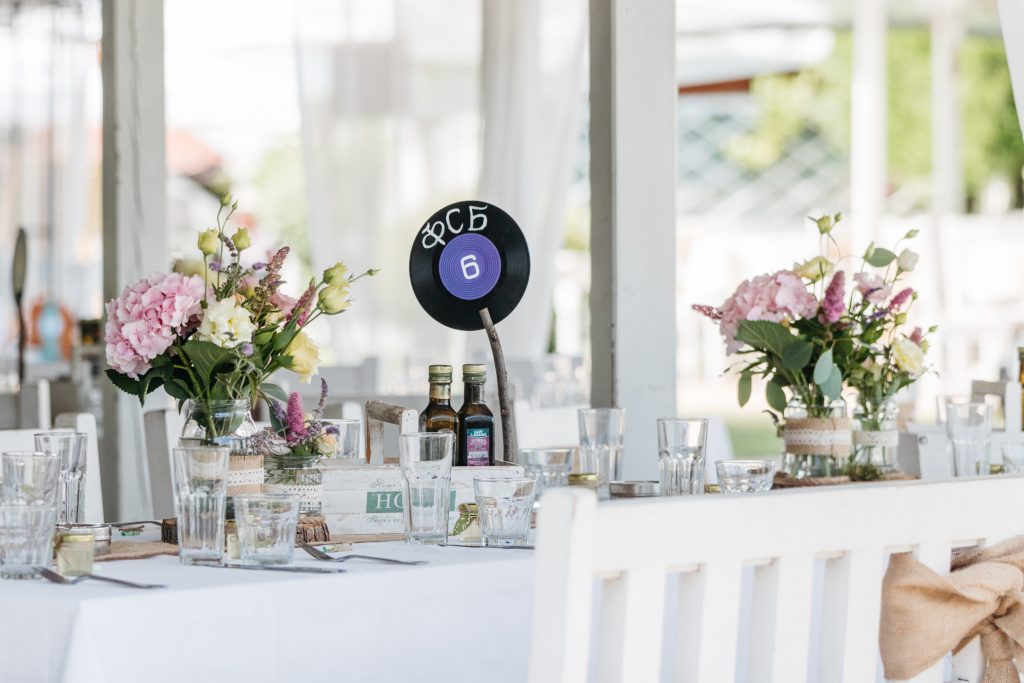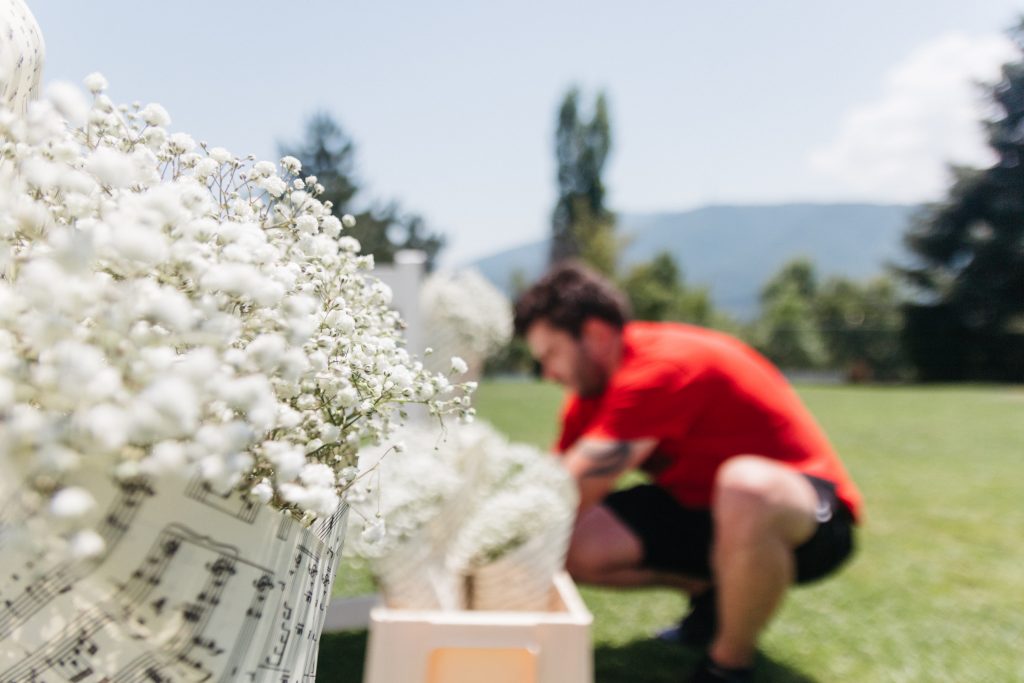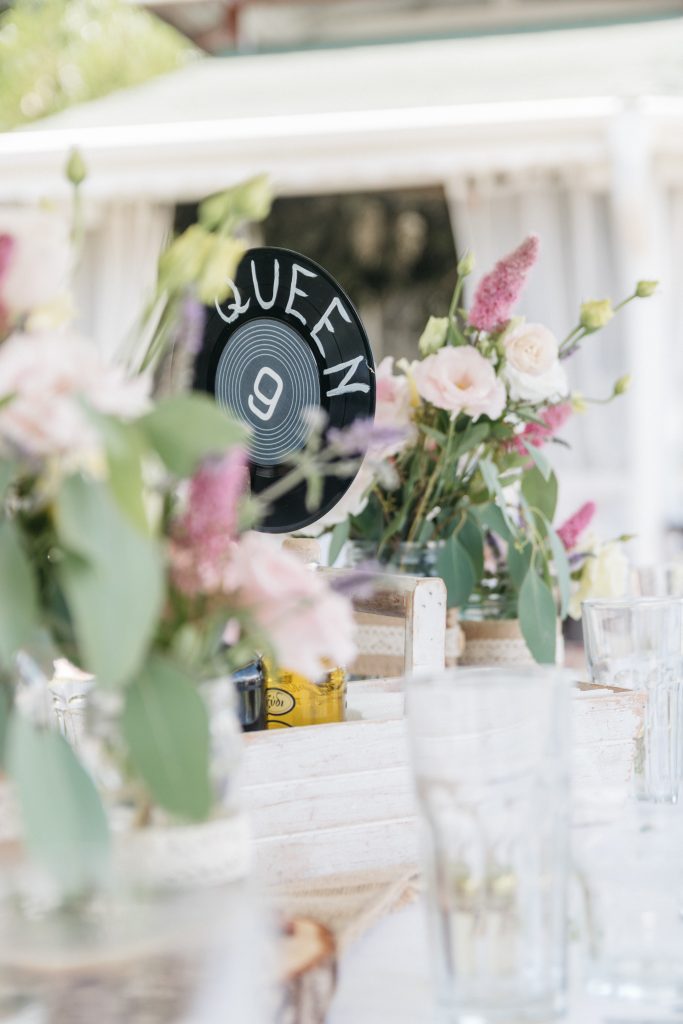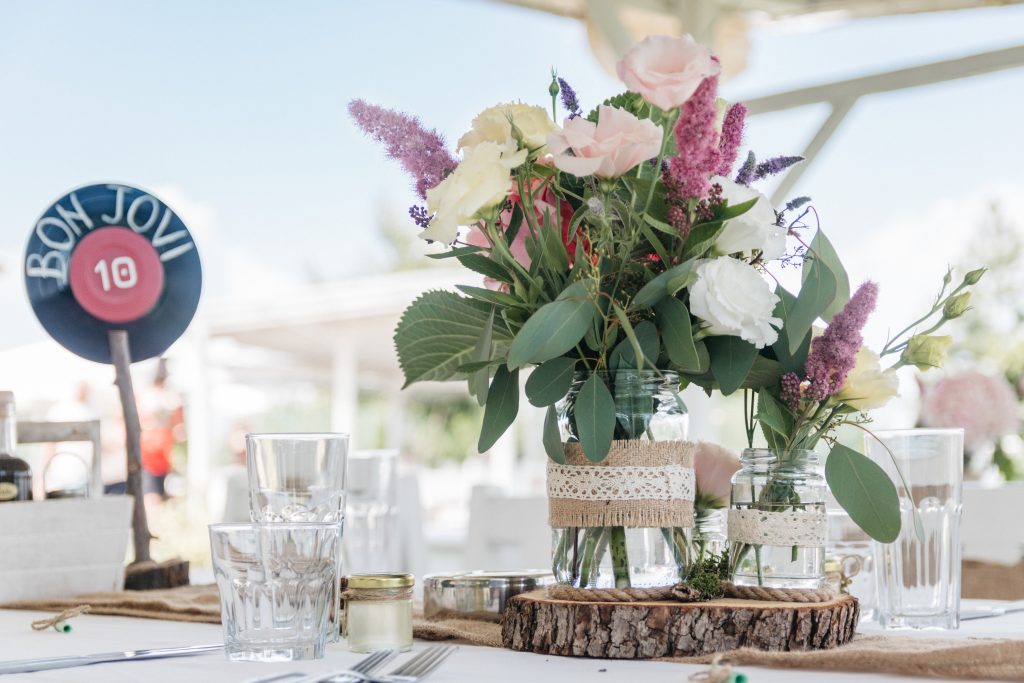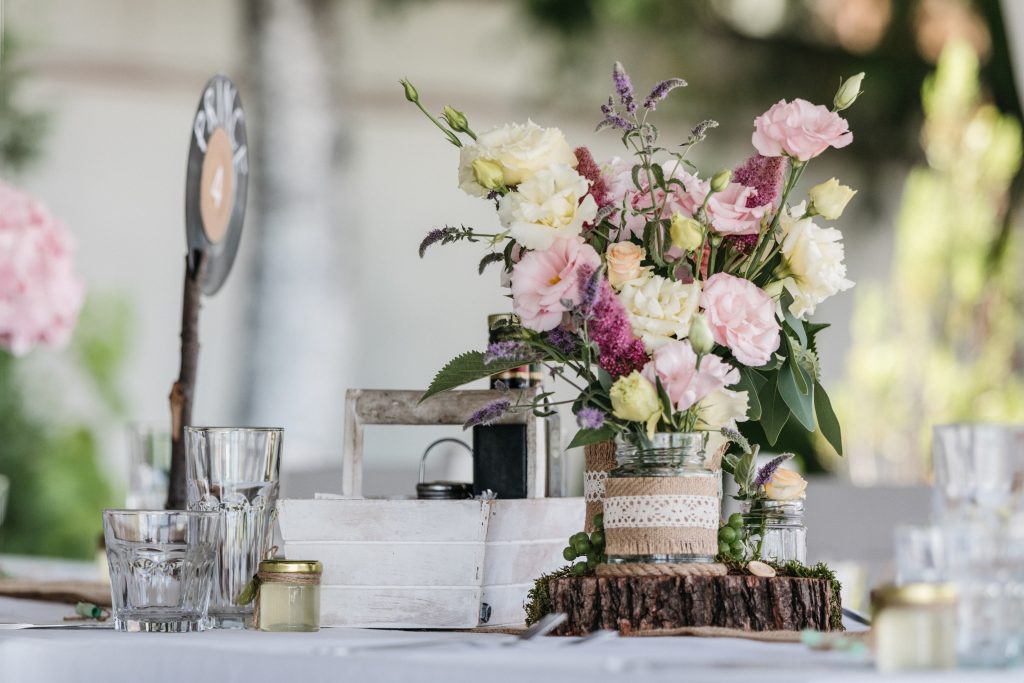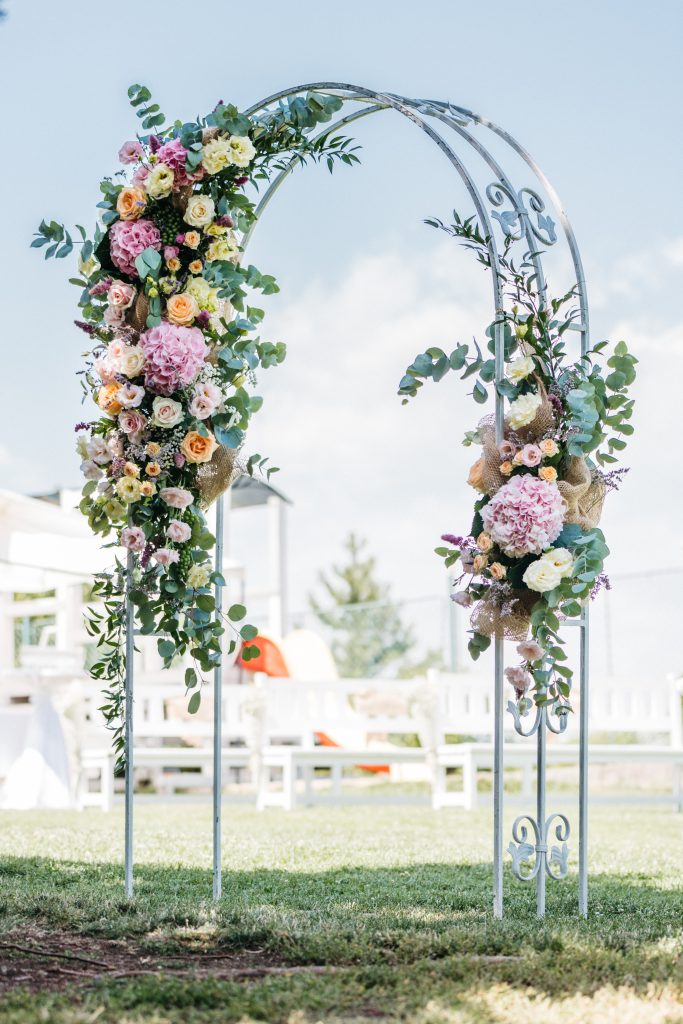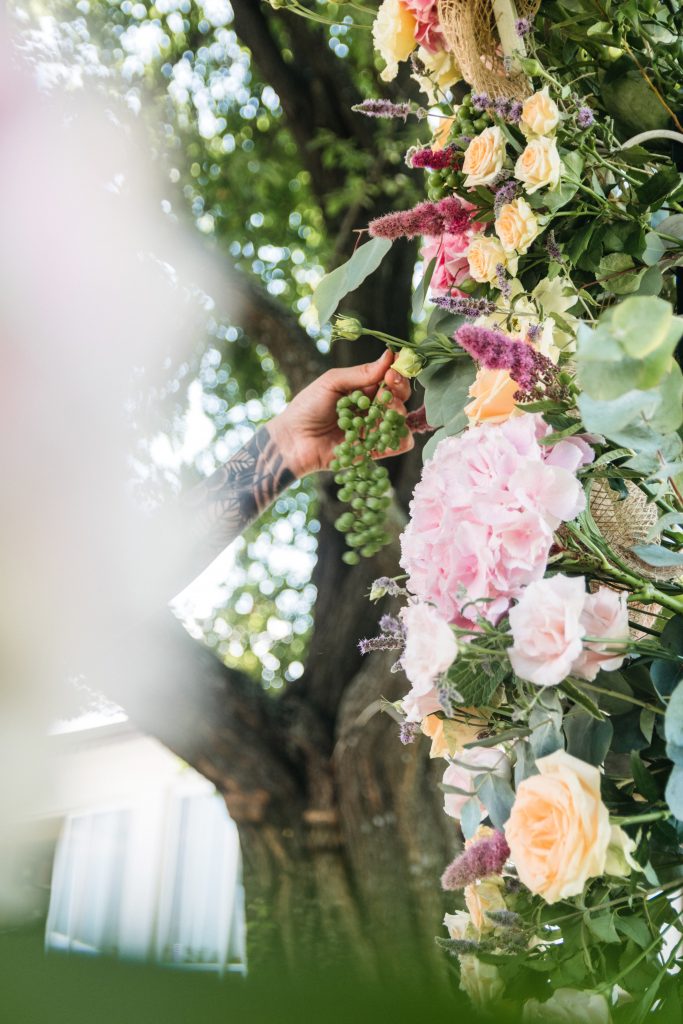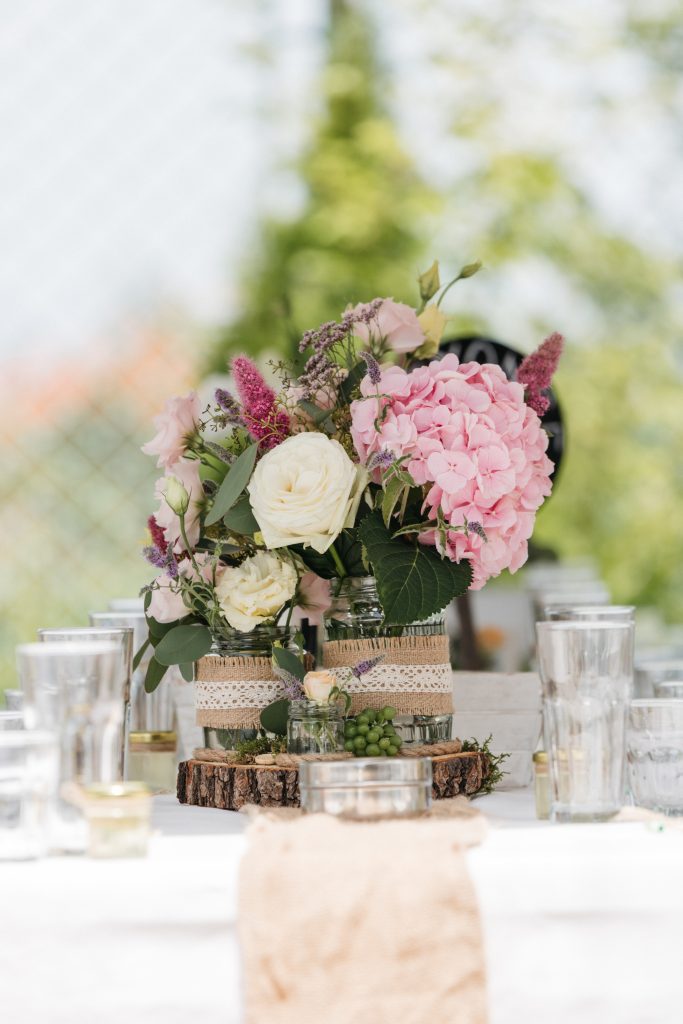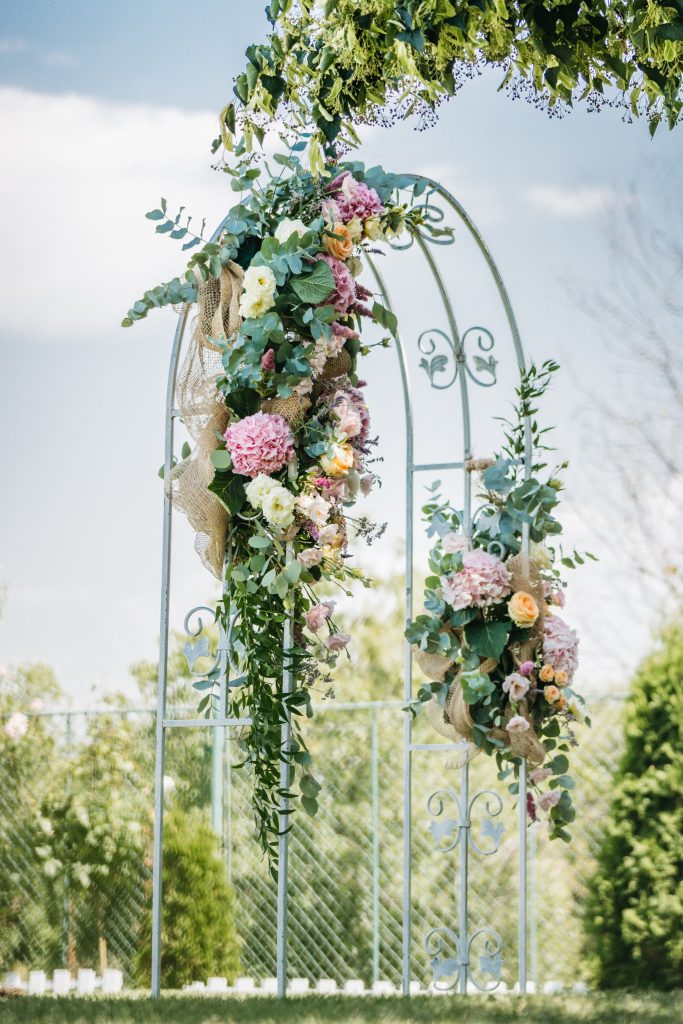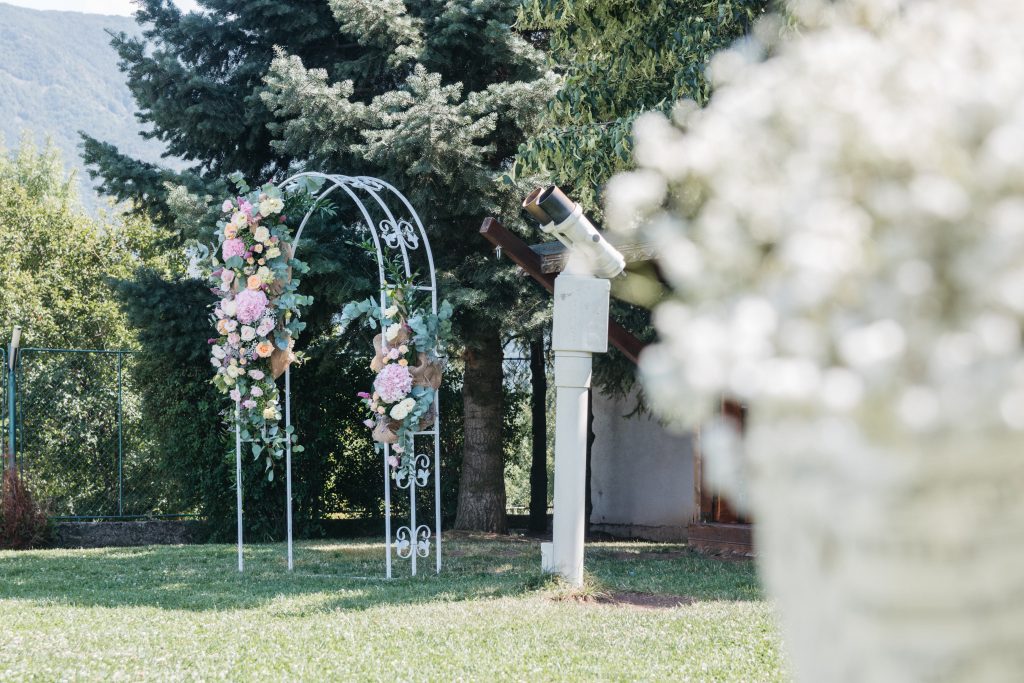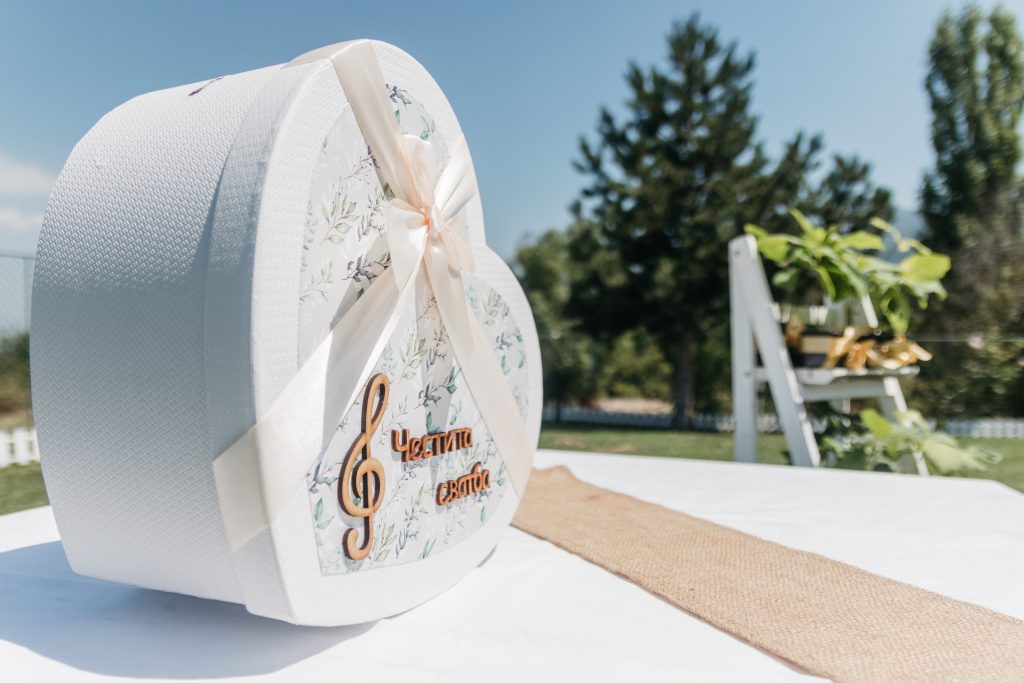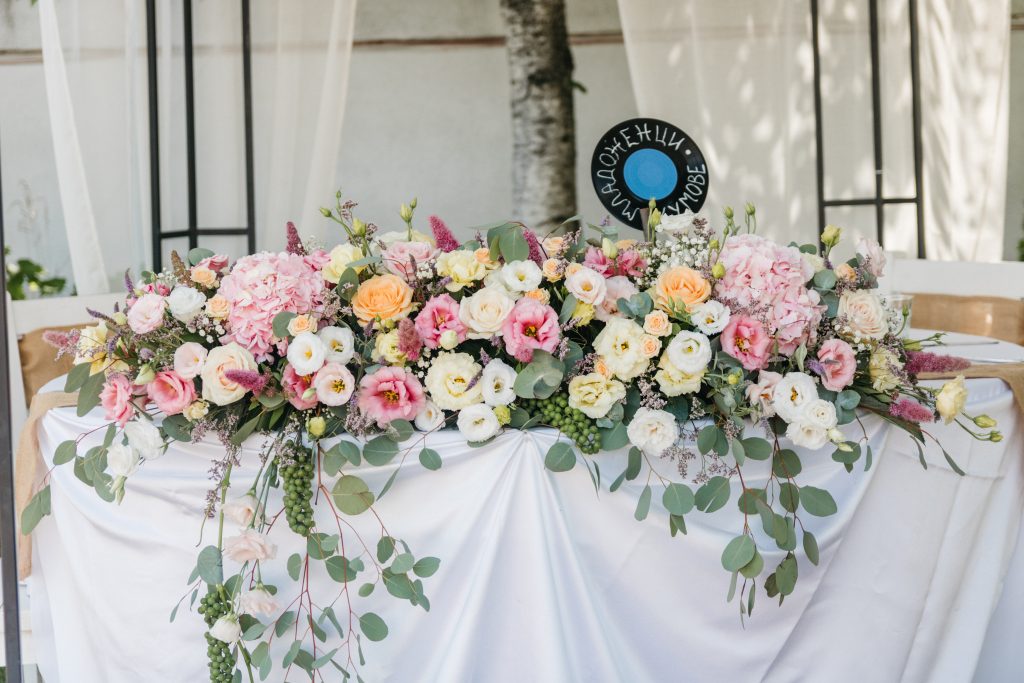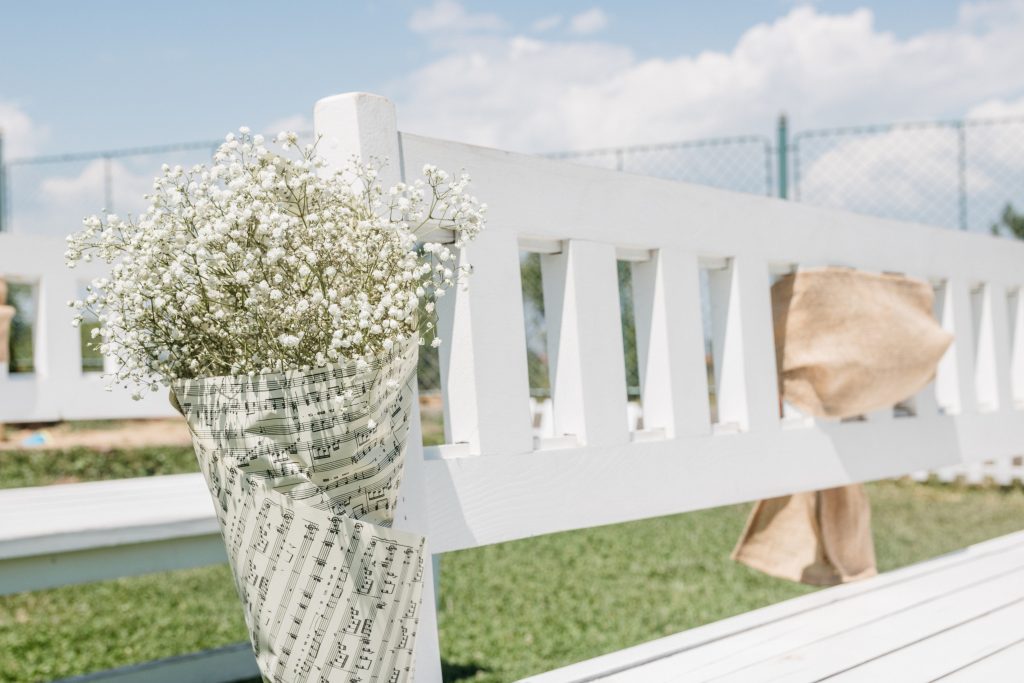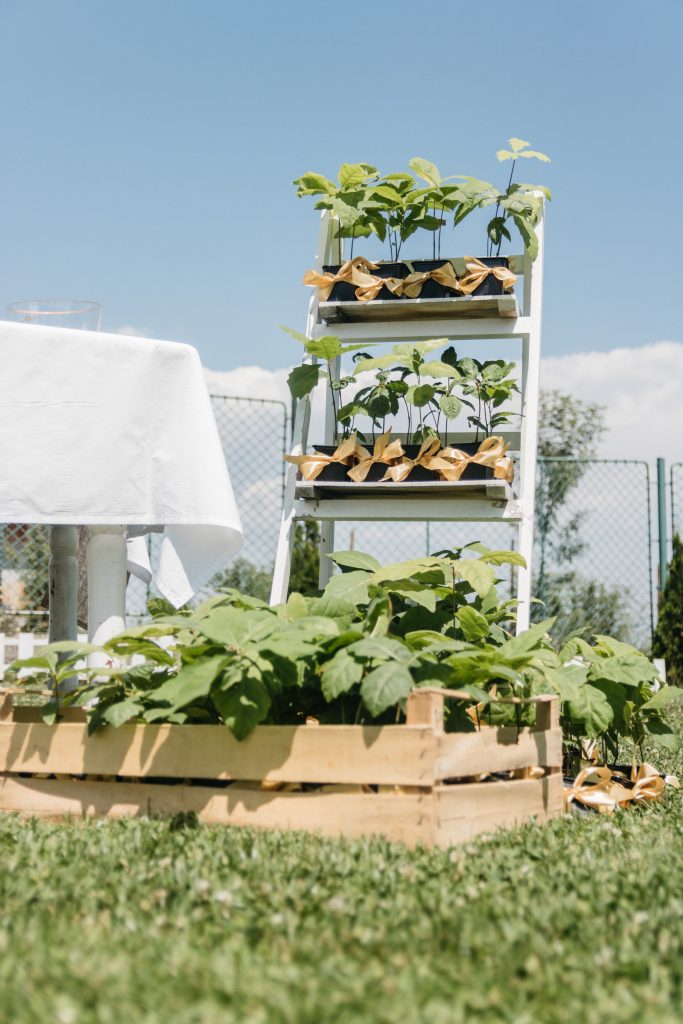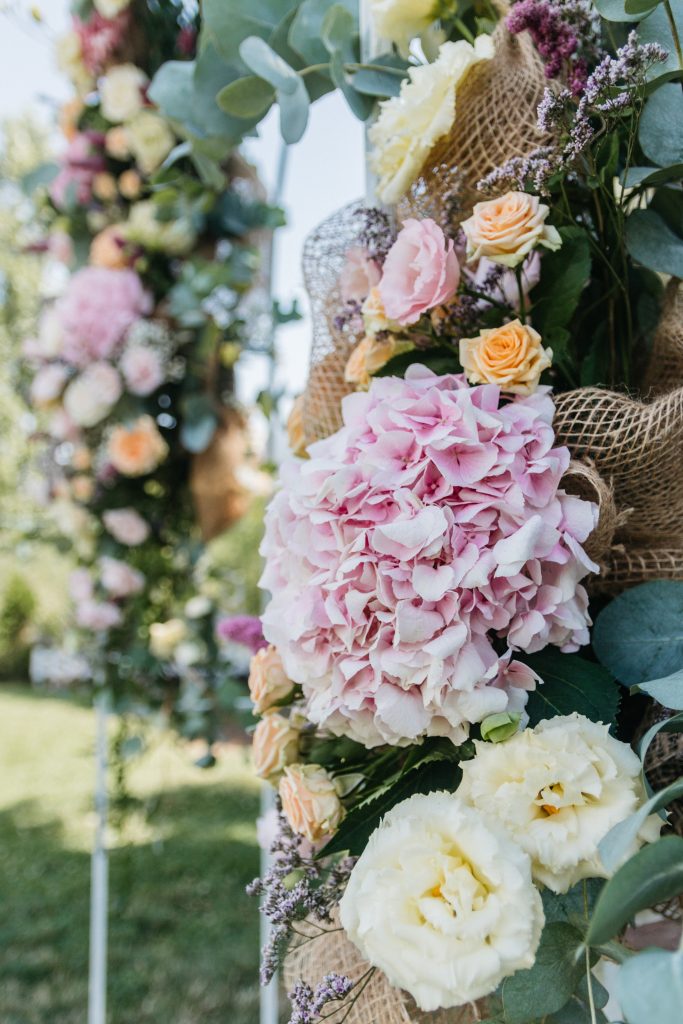Choosing flowers for a new mother is a gentle gesture filled with symbolism, care, and love. It not only adds […]
Wedding Flowers
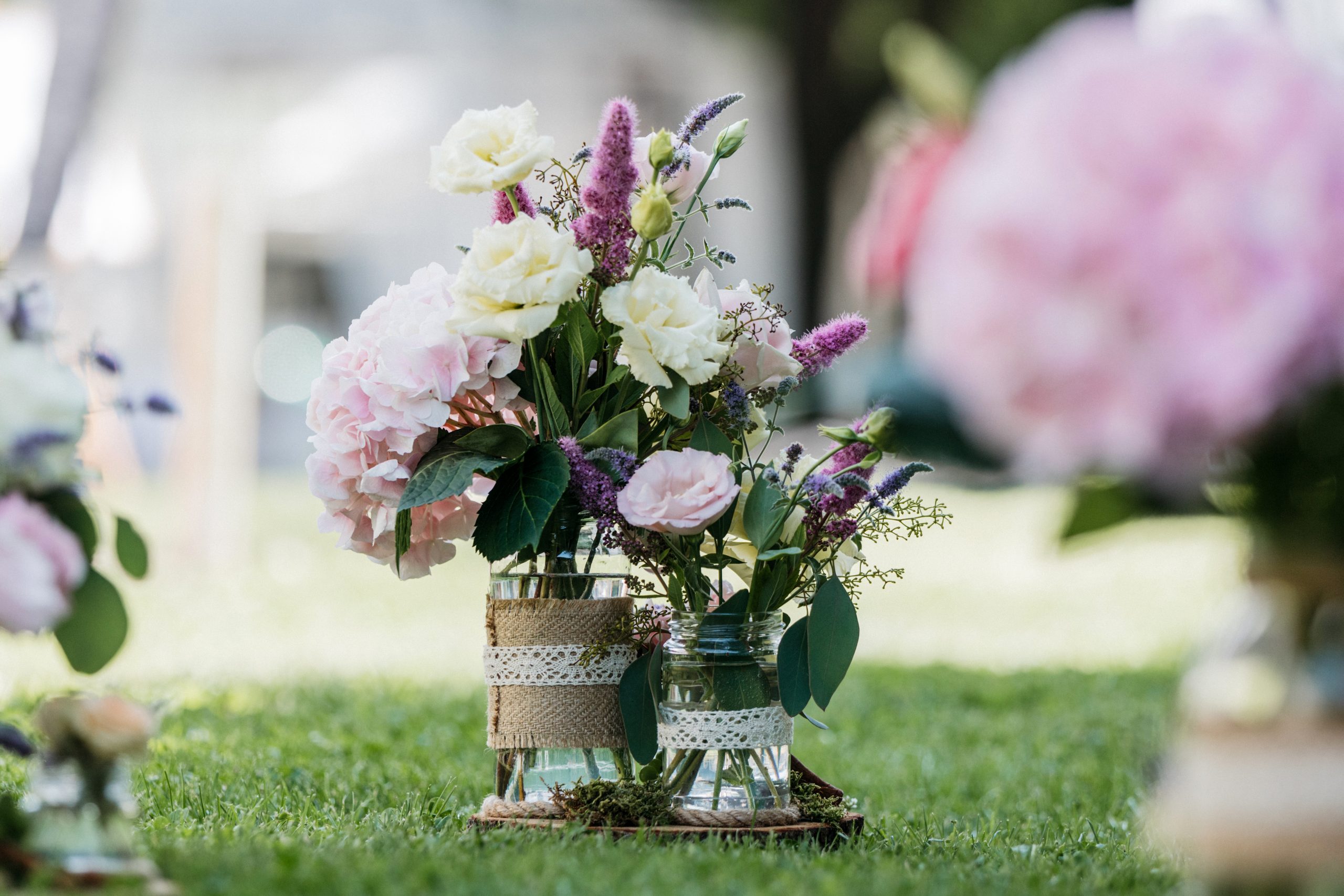
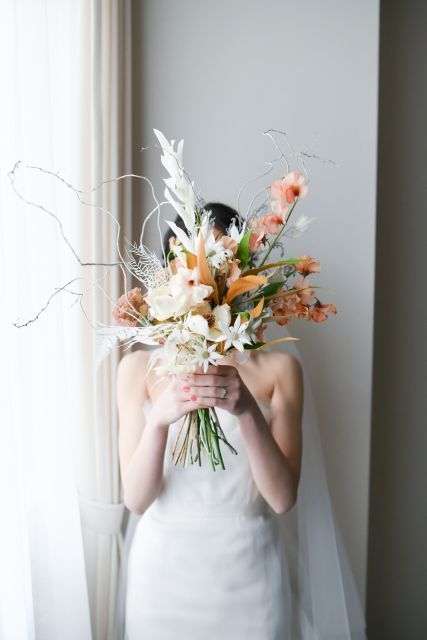
Every woman loves flowers, not only to receive them as a gift, to decorate her home or to wear them, but even more, as a bouquet to carry and complement her wedding dress on one of the most memorable days of her life. A bridal bouquet is an essential part of the modern bride's outfit, whether it's a lavish and rich atmosphere or a simple garden wedding in the family home. It is true that flowers add visual beauty and a touch of romance to a wedding, but there are deeper reasons for their presence.
History of wedding flowers
The flower-bearing bride has had its cultural roots since ancient times. There is evidence of the use of flowers at weddings as far back as the earliest recorded historical period in Egypt, Greece, and Rome.
Egypt
The ancient Egyptians, who flocked to the fertile lands along the Nile, gathered flowers during their travels and worshiped the local lotus. The symbolic lotus appears widely in Egyptian art, a poem on papyrus dating from around 1100 BC mentions love and lotus flowers. Back then, marriages were simple, civil arrangements, and archaeological findings only show that Egyptian brides wore thyme and garlic as a shield against evil spirits.
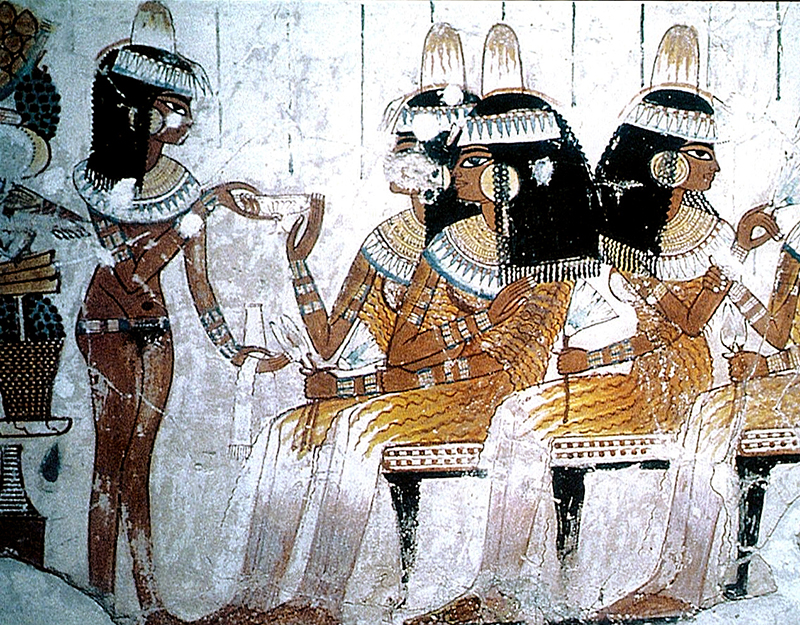
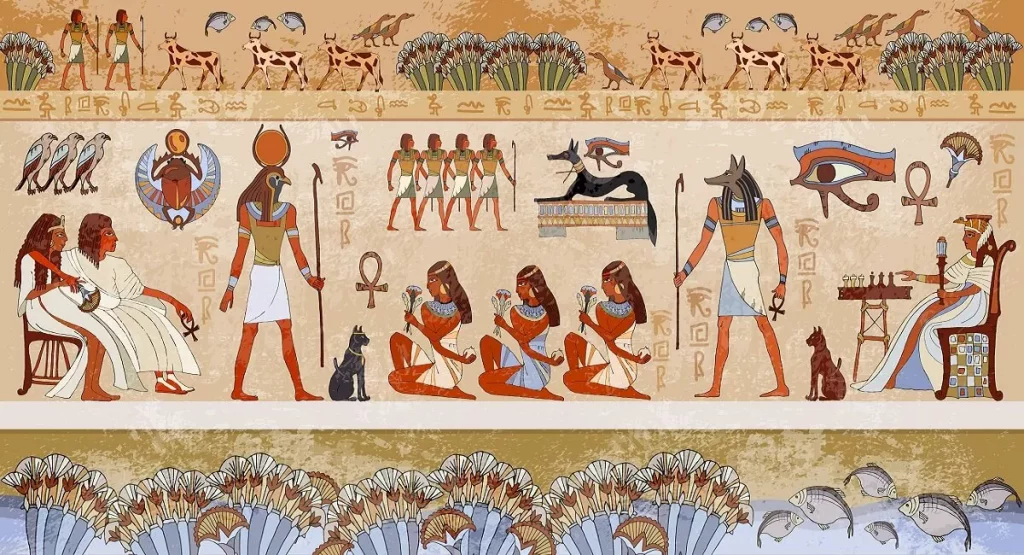
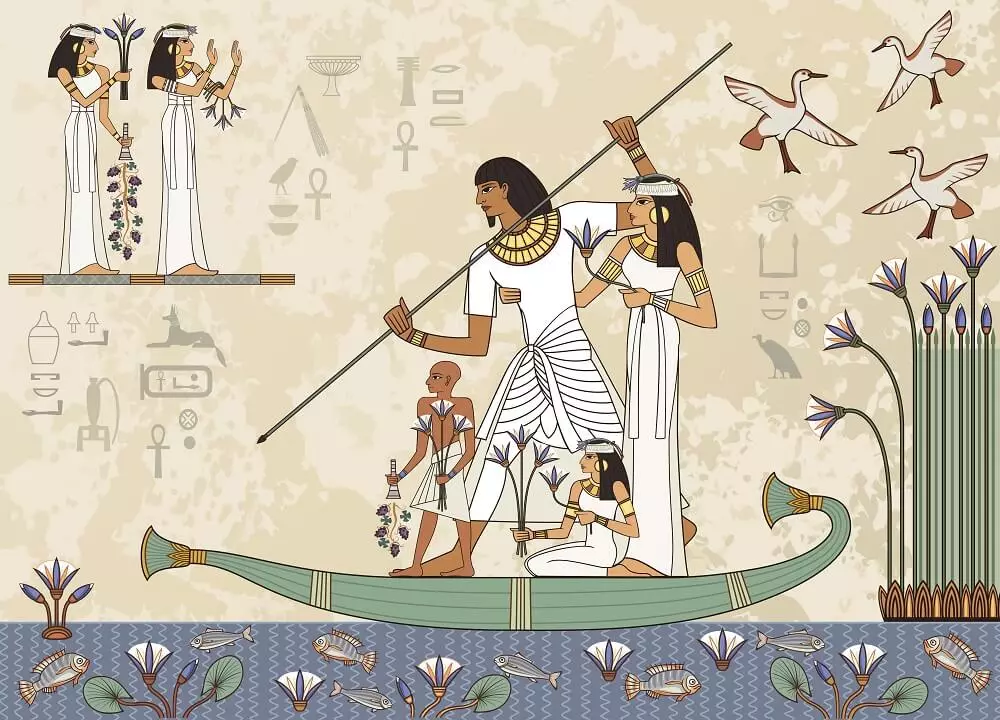
Ancient Greece
Garlands and wreaths used in Greek weddings include olive branches, fragrant white flowers, herbs, and orange blossoms in honor of the goddess of marriage and fertility, Hera. Hanging ivy symbolizes the unbreakable bond of marriage, and white flowers signify sweetness and happiness.
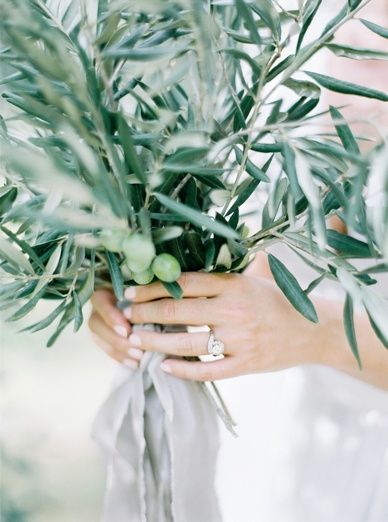
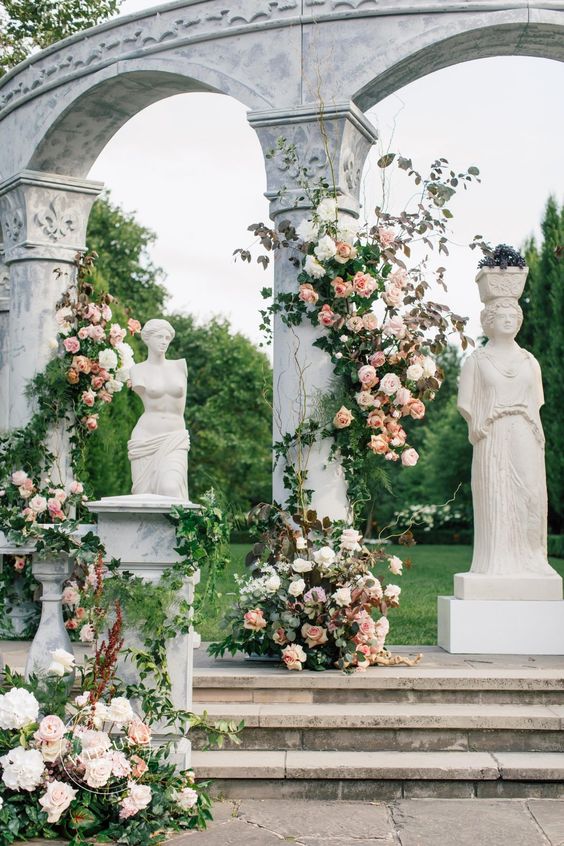
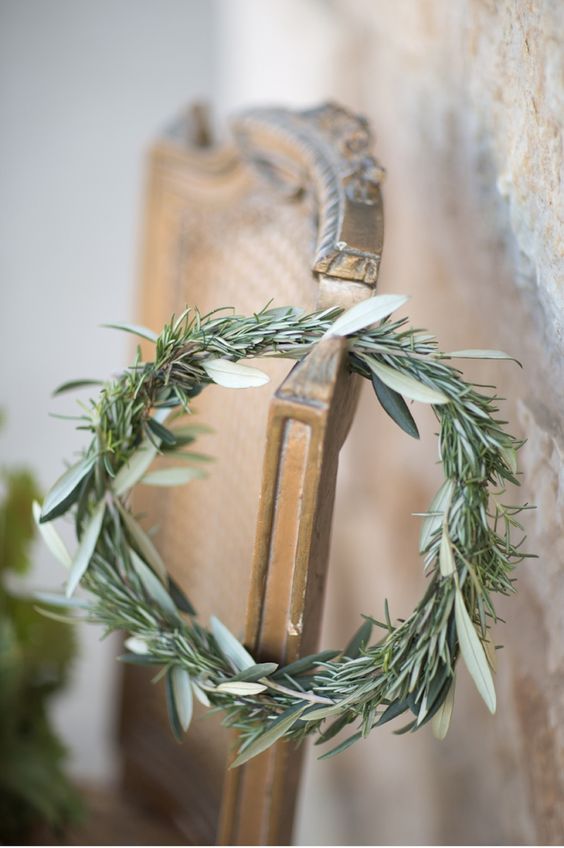
Ancient Rome
In Ancient Rome, brides wore wreaths of flowers, believing that flowers signified new beginnings, fidelity, and the hope of fertility. Roman couples followed a similar custom to the Greeks, weaving wedding flowers, herbs, and greenery into crowns scented with orange blossom to ward off evil, honor the gods, invoke fertility and attract good luck. The ancient Romans are believed to be the first to adopt the practice of sending their brides down the aisle with bunches of herbs that symbolize fidelity and fertility. Fennel, a known aphrodisiac at the time, was common in these bouquets, as the herb of lust was believed to increase sexual desire. Sometimes garlic was used in bouquets as it was believed to protect the bride from bad luck or evil spirits.
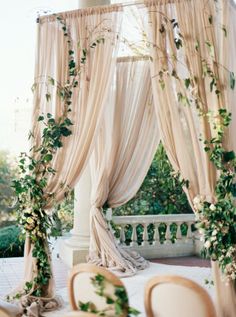
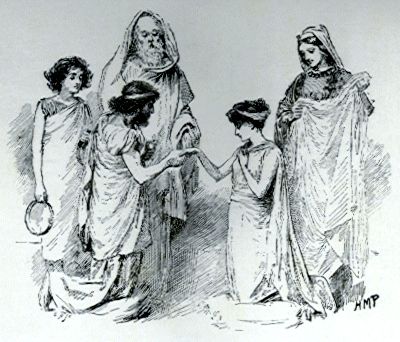
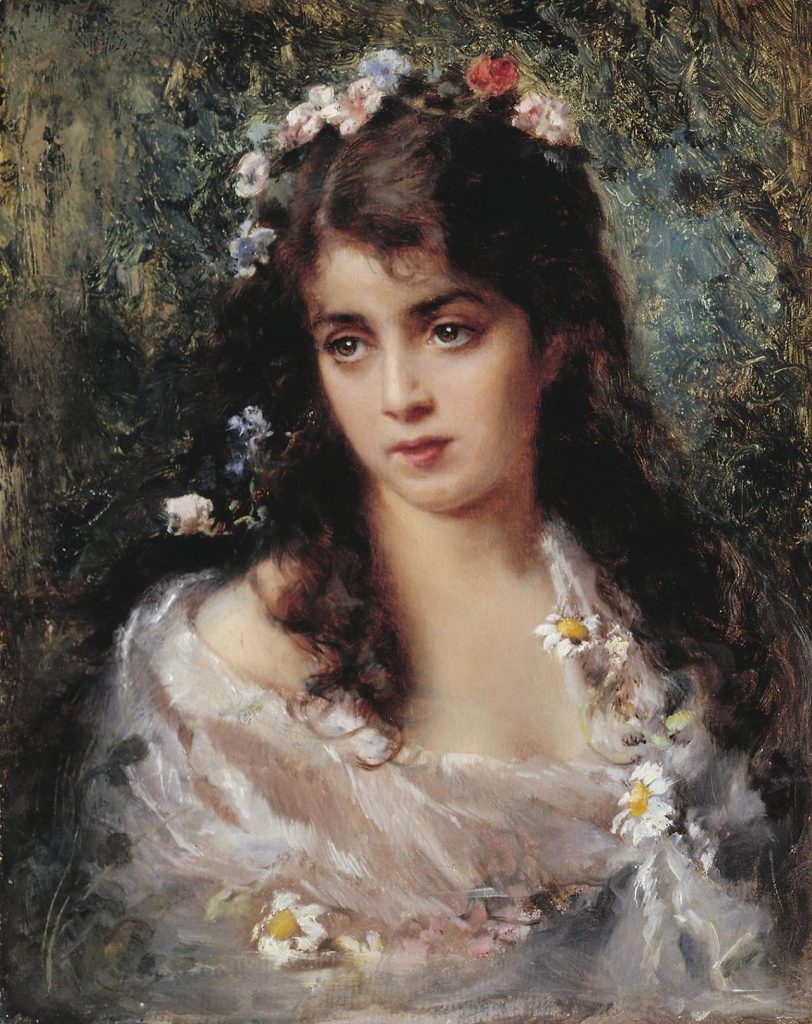
Middle Ages
In the Middle Ages, aromatic herbs and abundant grains such as sheaves of wheat were symbolic wedding flora, along with flower garlands worn by the bride and groom. A medieval bride might wear her hair untied, braided with scattered flowers or a wreath, and attach a packet of herbs and potpourri to her dress.
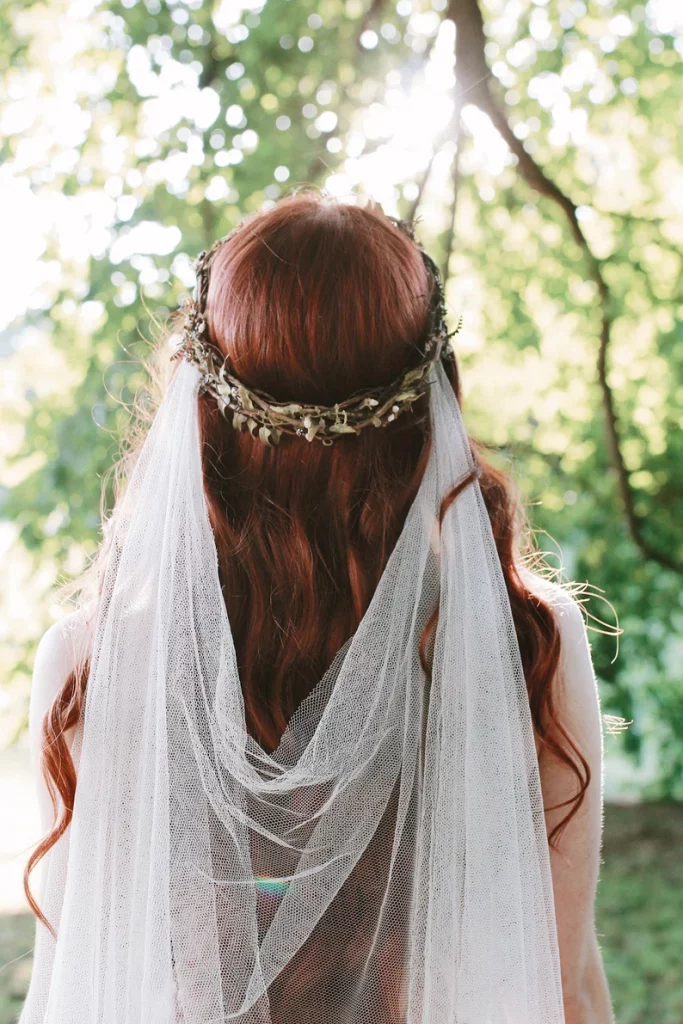
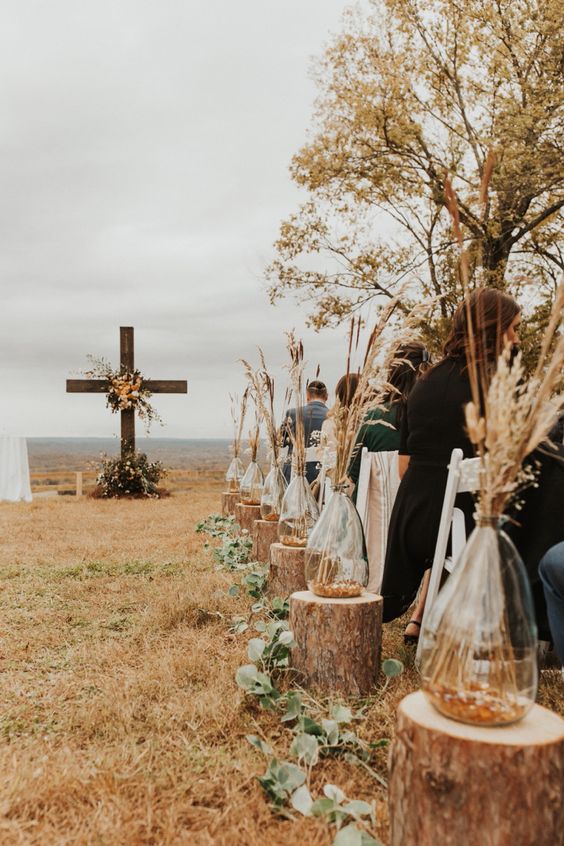
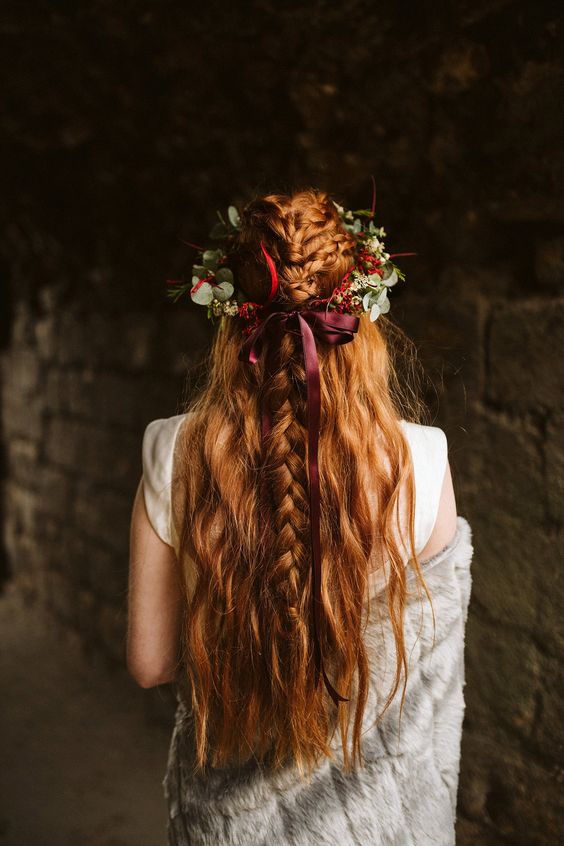
Victorian era
During the Victorian era, flowers became part of the wedding bouquet and this continues to this day. The modern version of the bridal bouquet was popularized by Queen Victoria. No doubt she was a fan of "Tussie Mussies," the old English name for a small bouquet. In Victorian times, lovers often sent different flowers as a way to express their love. Each flower has a different meaning. Thanks to this romantic relationship, flowers became part of wedding ceremonies. Brides carefully choose flowers for the feelings they feel, and the flowers they wear on their wedding day become "her flowers" for the rest of their life.
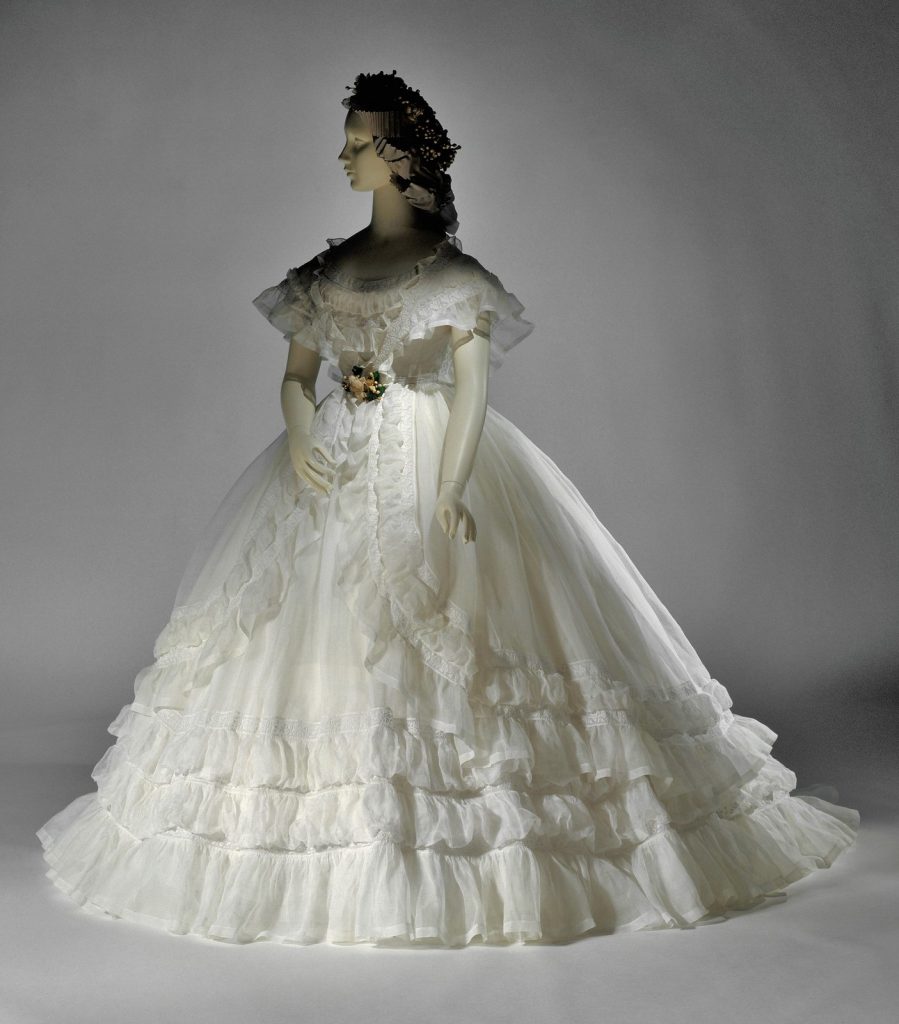
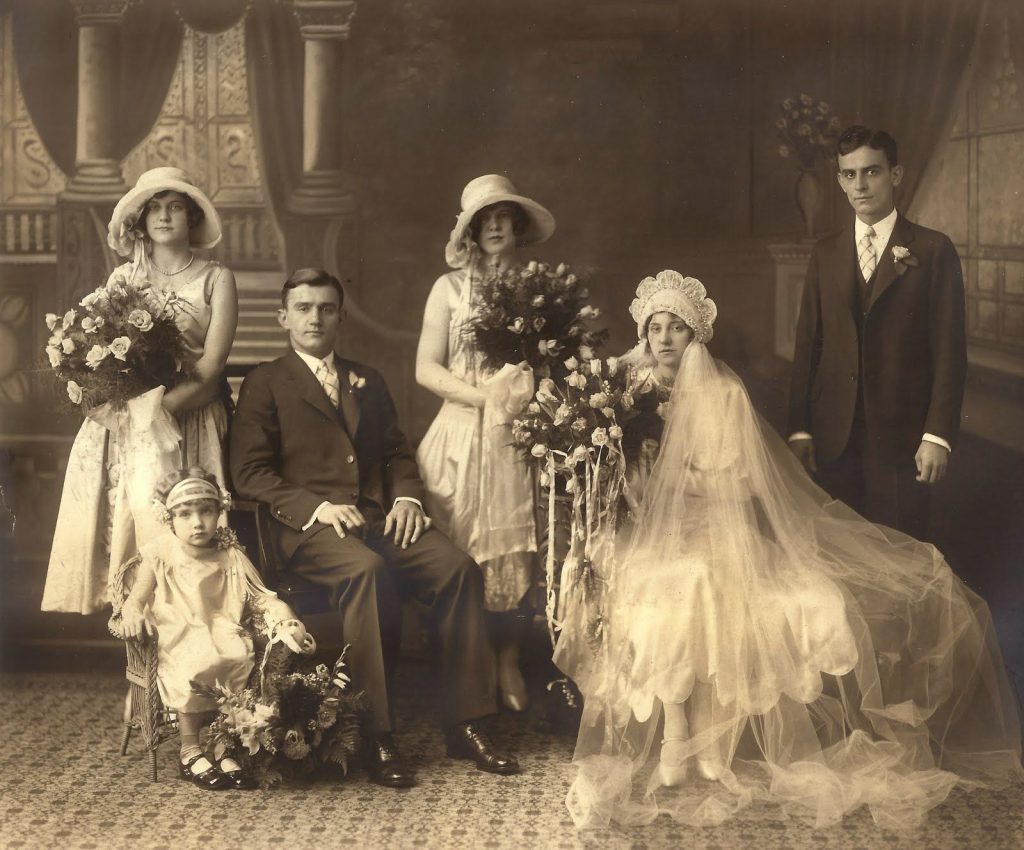
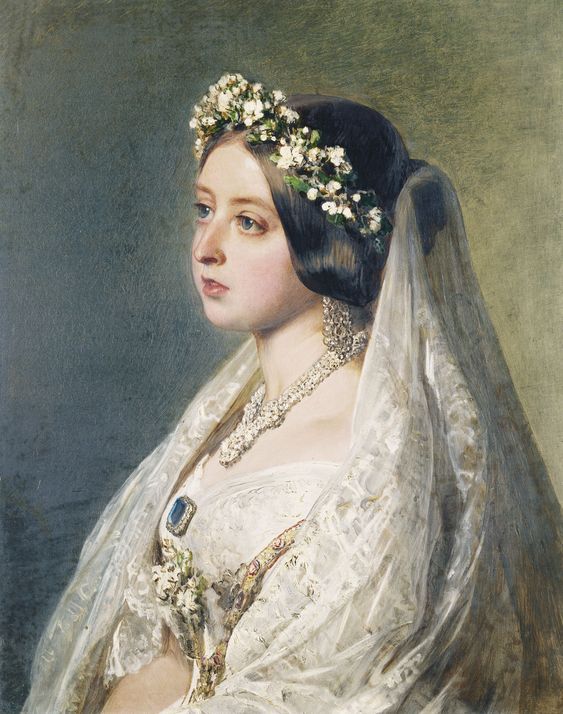
Modern era
The compact Biedermeier bouquet, first seen in Switzerland and Germany in the late 1800s, has a formal design of concentric circles of flowers with a short wrapped stem, very symmetrical, very geometric, and modern, which may explain its appearance at weddings today.
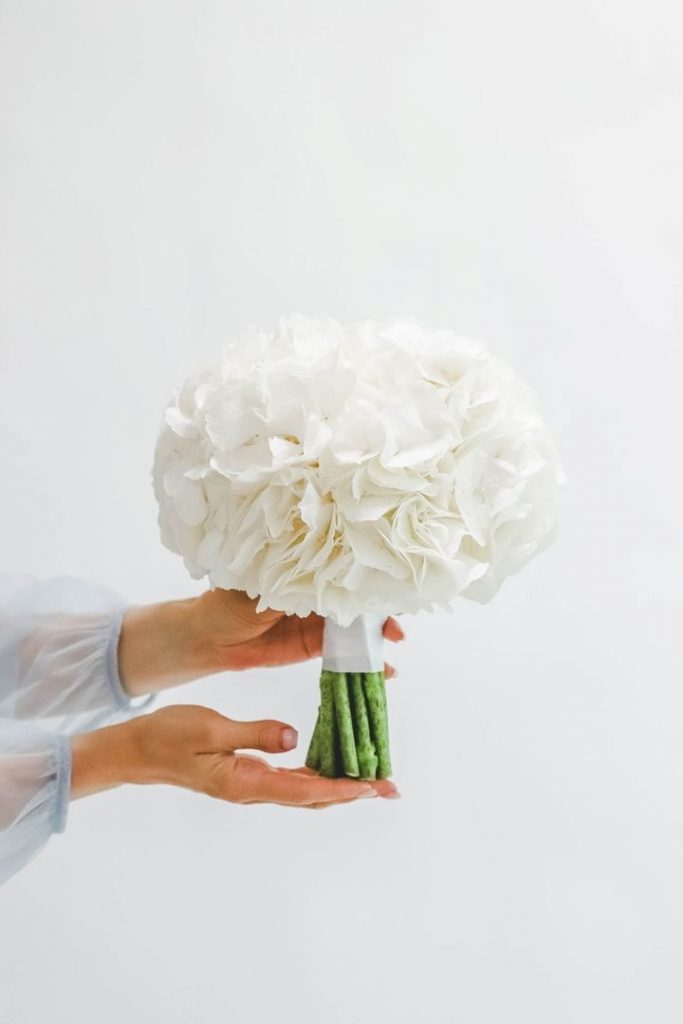
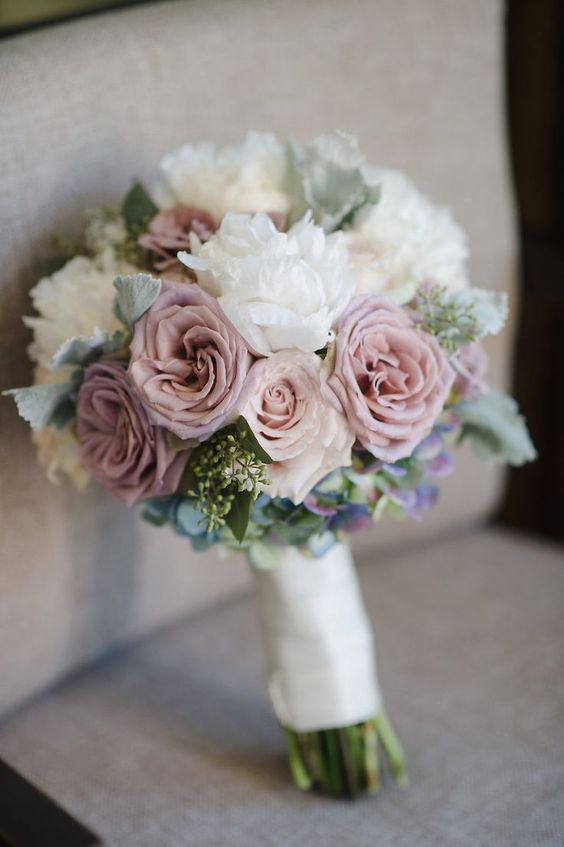
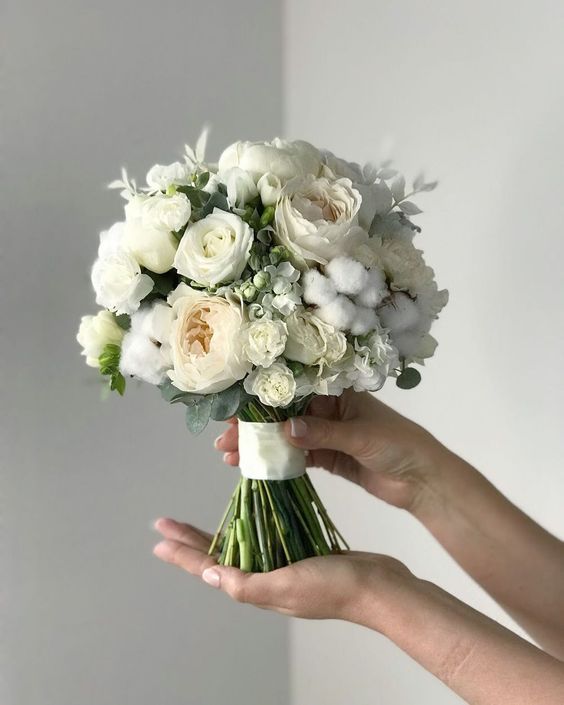
By the twentieth century, flowers were a must for weddings, even modest ceremonies requiring a bride's bouquet. A full traditional wedding means flowers, flowering branches, and potted trees for the service and celebration, bouquets for the female bridal party, and boutonnieres for the men.
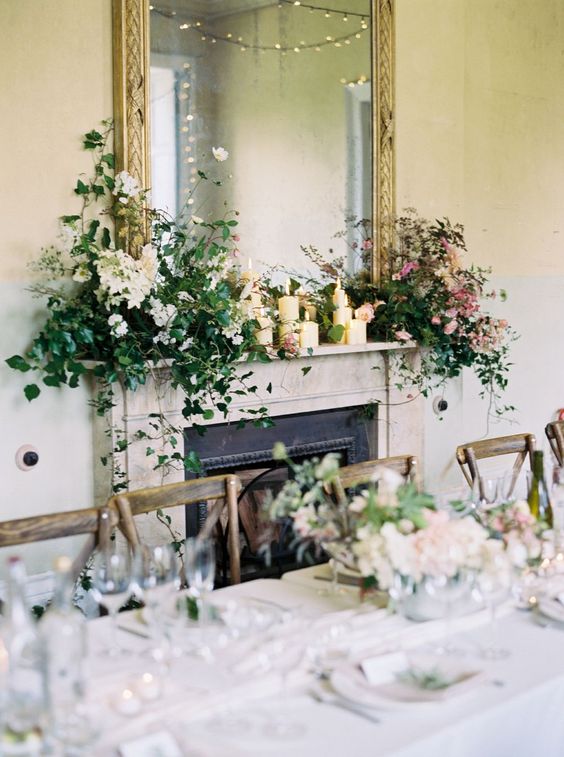
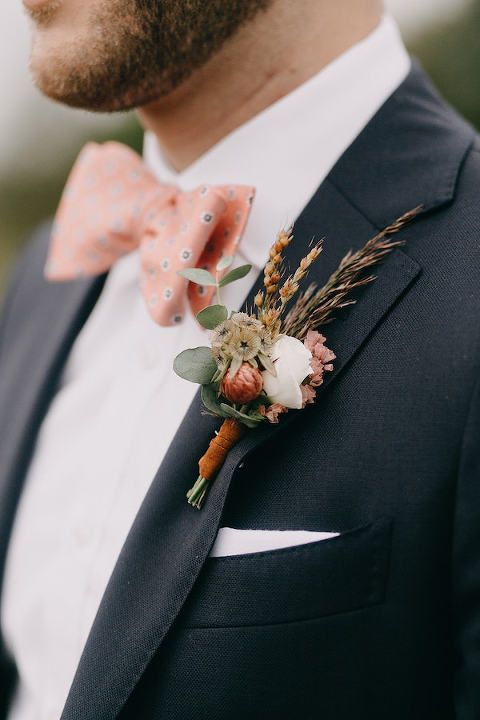
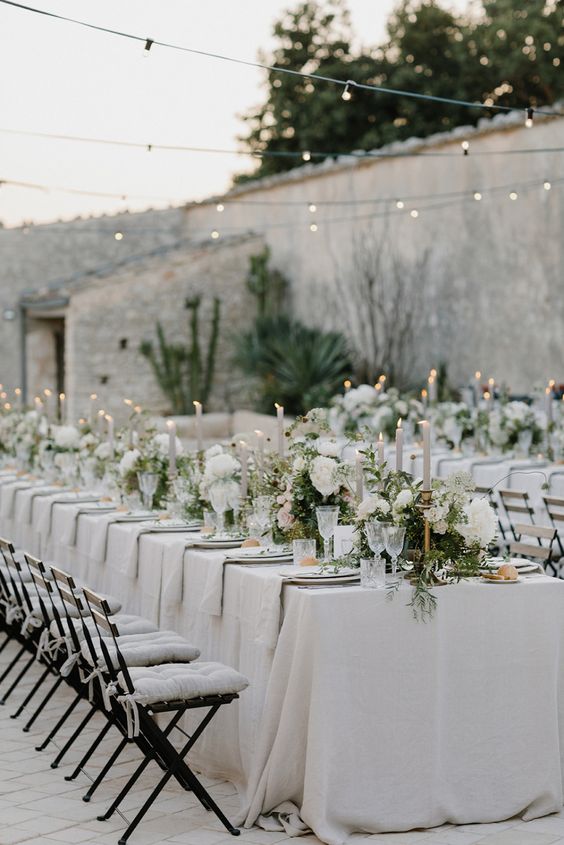
In modern times, as charming as they may have looked, the old traditions are almost forgotten, with brides now choosing flowers for the beauty of their colors, fragrance, and form. A bouquet is a bride's ultimate accessory and greatly contributes to the overall look of the day. The bride's chosen colors are a way for her to express her personal style, taste, and personality and a major addition to her dress.
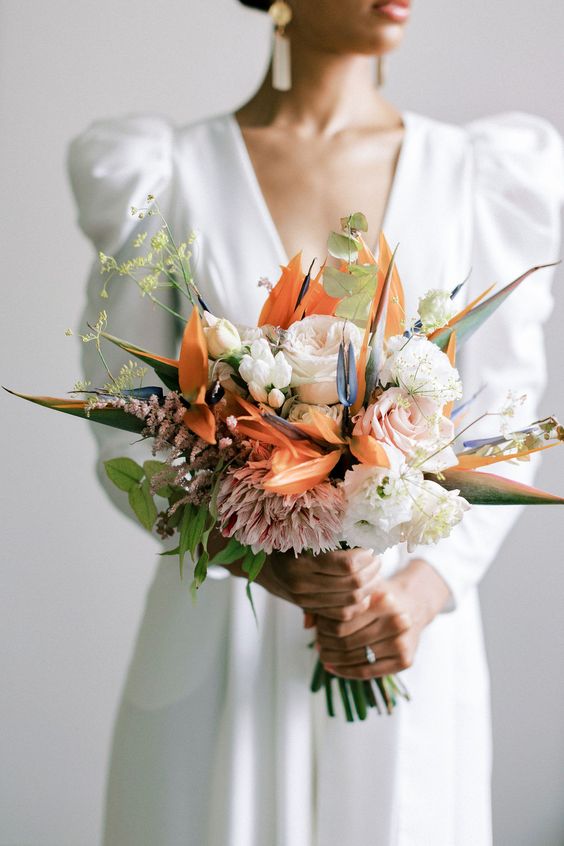
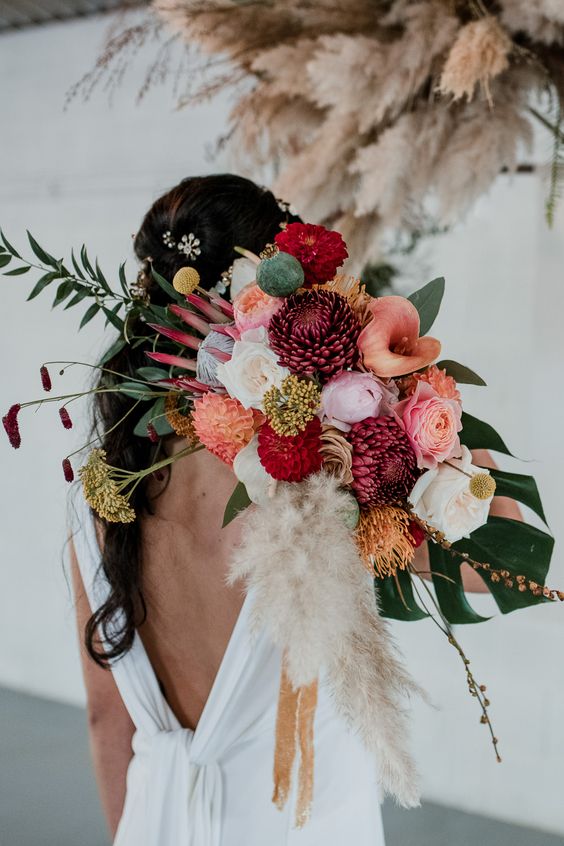
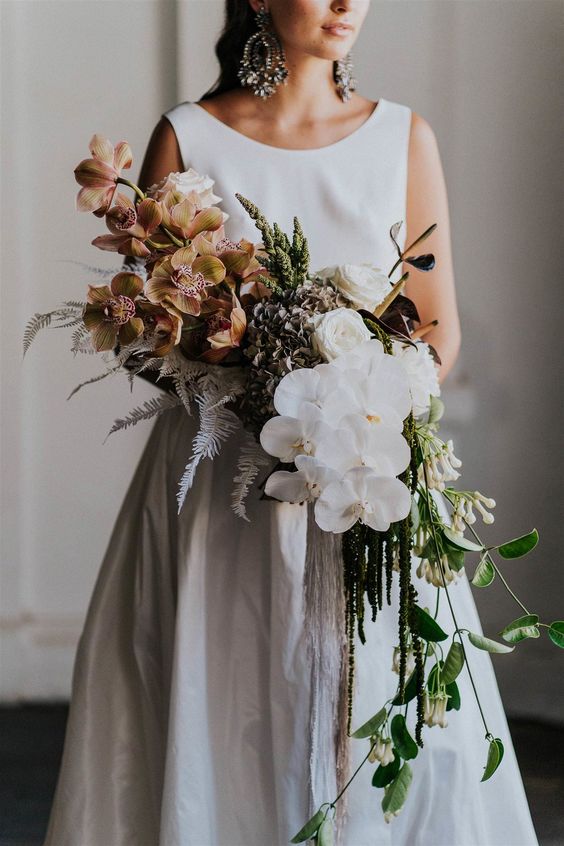
What is the tradition behind bouquet toss?
The bouquet toss is a historic tradition that continues to be embraced by many brides to this day, although many don’t know how it came to be. It originated in medieval Europe when it was normal for women to rip fabric from the bride’s wedding dress for good luck. To prevent the guests from tearing her gown to shreds, brides began to toss their bouquets as a distraction to guests, allowing her to make an escape with her dress intact. Grabbing the flowers was considered an act of good fortune, as the accessory symbolized fertility coming from a married woman.
Nowadays, the tradition is that if a single woman catches the bridal bouquet, she will be the next one to get married. The bouquet toss now takes place during the second half of the reception, after the cake is cut and the speeches are made, when the party is in full swing and all the ladies will be on the dance floor, ready to catch the flowers.
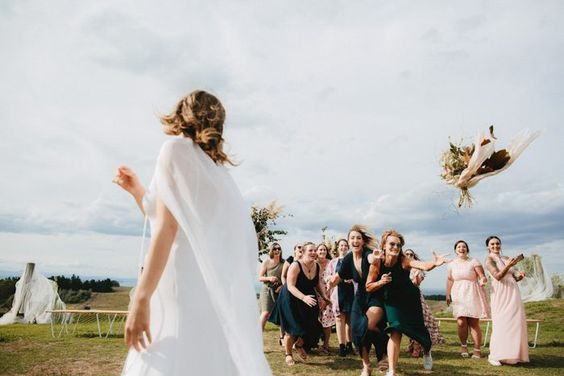
What happens to a bridal bouquet after a wedding?
Some brides may decide to skip the bouquet toss, so they can keep their arrangement for themselves. Amongst those newlyweds, it has become common to preserve wedding flowers after the ceremony, using techniques like drying, freezing or pressing. Brides can then choose to frame their bouquets, or transform them into paperweights, creating an additional keepsake of their special day that they can treasure forever.
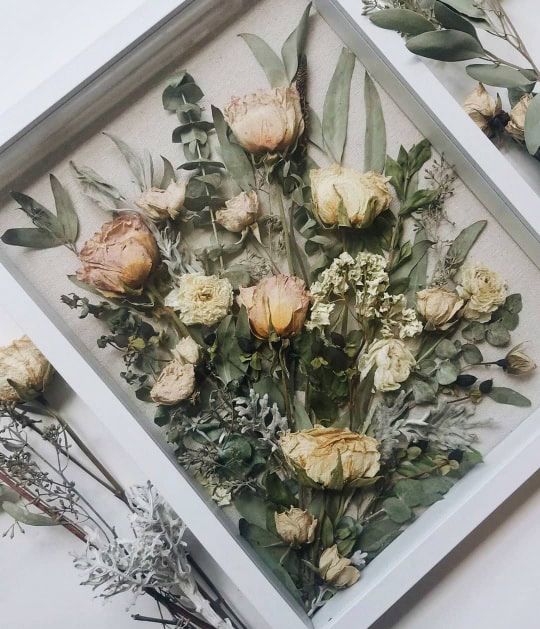
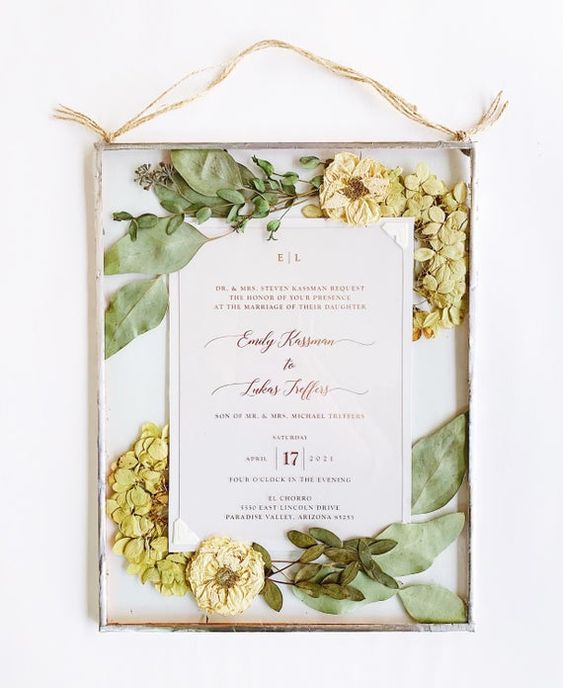
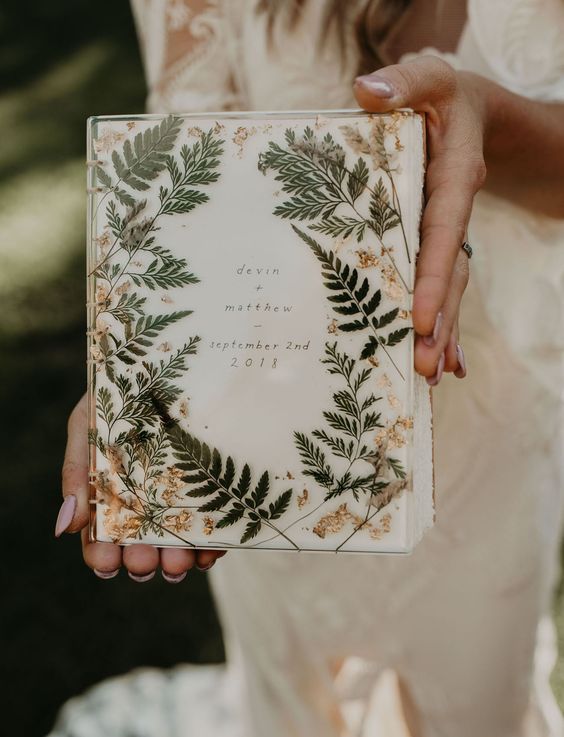
Top-Flowers WEDDING FLOWERS
Wedding floristry is something extremely unique, individual, and important. It is important for you, because in this way you will add an exquisite individuality to your wedding, on your special day, and it is important to us because you entrust this individuality to us! Be sure that the arrangements, bouquets, and all flower compositions will be prepared with the freshest flowers, we will select the rarest and most interesting varieties of flowers, and we will make each decoration unique, so that you can happily welcome your guests to your wedding day and above all to be able to immerse yourself in the colors and aromas of fresh flowers because a wedding without flowers is simply an event devoid of individuality.
Our wedding preparation
